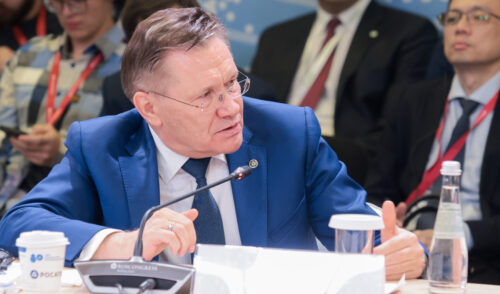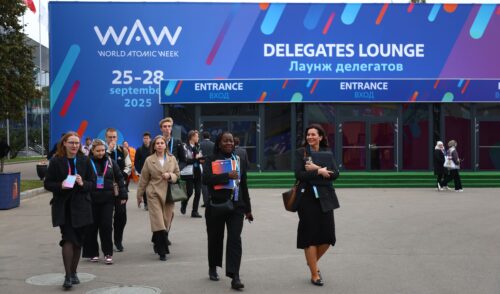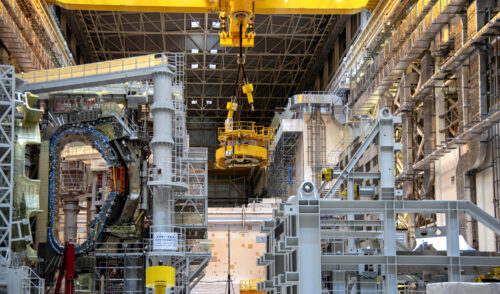
A Cosy Nest
back to contentsNo birds had been found around here before the construction of the NPP, at least, that’s what the locals say. “Before the power plant started to be built, soil in this area had been cracked, with vegetation mainly represented by cacti and thorny bushes. The landscape had been enlivened by huge termite mounds. Birds had hardly lived here”, – noted one of the locals. Now birds feel comfortable – the construction of the Kudankulam NPP had been preceded by the works related to greening the nuclear plant’s territory as well as the surrounding area.
Pelicans appreciated that
Anu Vijay Township of the Kudankulam NPP was founded in 2001, on the sea shore, eight km to the west of the plant. The territory of the township is crossed by the bed of the seasonal rivulet called Uppar. Following the development of the river’s bank as well as its realignment, a lengthy pond was created within the area of the township. The pond is nearly two kilometres long and twenty meters wide. Before the development of the river banks, traditional local inhabitants, such as sandpipers, white and gray herons and painted storks, could be occasionally seen in its small delta filled with salted water.
Widening of the water area in 2003 along with intensive greening did good to the diversity of birds. As early as in 2007-2008, up to one hundred of different bird species could be found in the township. The colony of gray pelicans grew fast enough. In 2006 only six birds lived in the area, whereas today there are more than 40 birds nesting here. According to various sources, the total number of gray pelicans in the world is no more than 20 thousand birds.
Fish under protection
Russian nuclear experts have repeatedly pointed out that the Kudankulam NPP project gives special attention to preservation of biological diversity and richness of the adjoining Gulf of Mannar aquatorium. Thus, cooled sea water intake of the plant is equipped with special fish protection devices preserving fish as well as plankton, the nutritional base of the fish.
As a matter of fact, the fish feels quite comfortable at Russian NPPs as well. Thus, in the town of Polyarnye Zori (Murmansk region), in the of the Kola NPP’s bypass channel they’ve been growing rainbow trout for many years already, with sturgeon cropping newly organized. While at the Udomlya lake, Tver region, by the walls of the Kalinin NPP, there are fishing contests held. Only a few days ago a local named Vitaly Sirotin caught a giant fish in the lake – a 28 kg Chinese carp.
The construction of the Kudankulam NPP is carried out with technical assistance of Russia, in accordance with the Intergovernmental Agreement of 1988 and the Annex to it dated 1998. The client and the plant operator is Nuclear Power Corporation of India. On 14 August the Atomic Energy Regulatory Board of India granted permission for energy production at the NPP’s unit 1.




